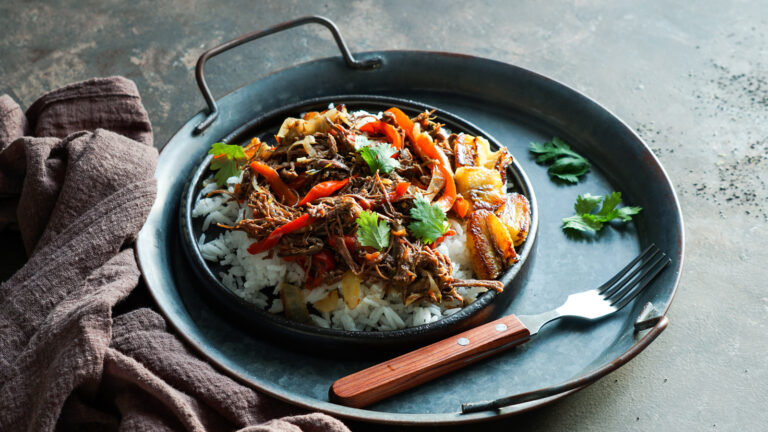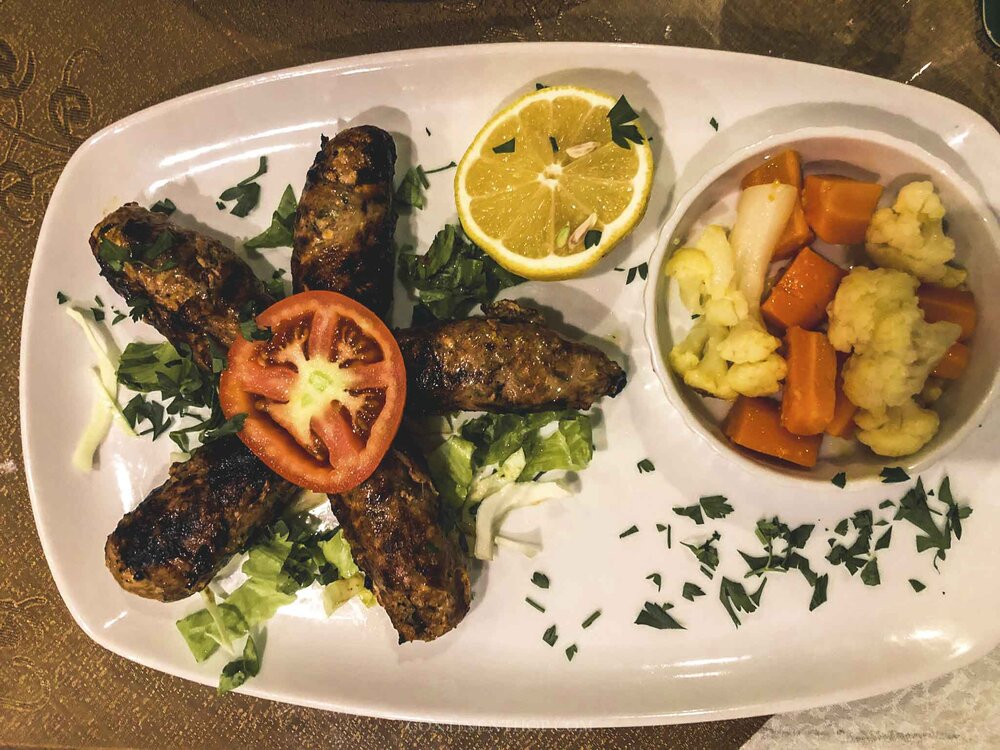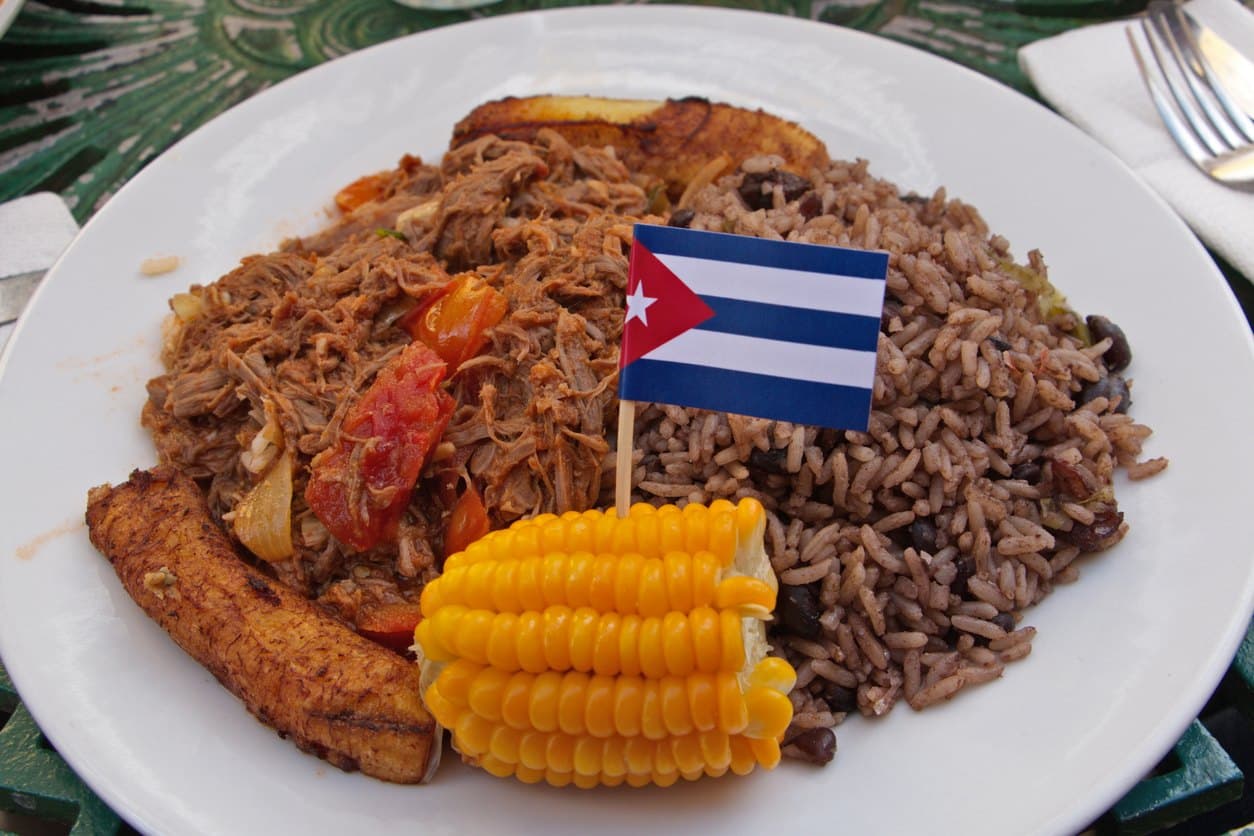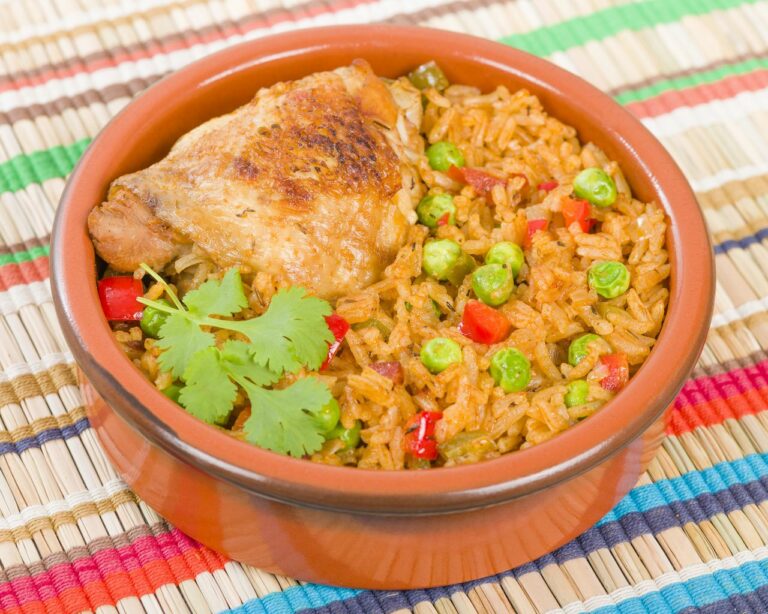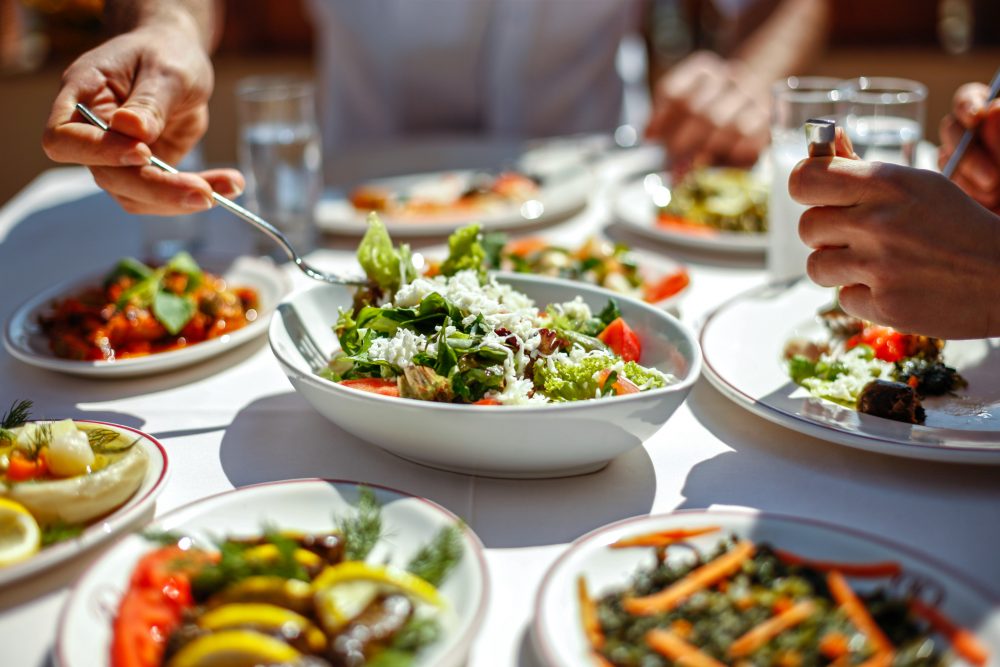Introduction: Understanding Cuban Cuisine
Cuban cuisine is a delectable blend of African, Spanish, and Caribbean influences. Rice, beans, and plantains are staples of the cuisine, along with a variety of meats, spices, and sauces. Cuban cuisine is known for its bold flavors and hearty portions, making it a popular choice for foodies around the world.
Traditional Cuban Dishes and Ingredients
Traditional Cuban dishes are heavily meat-based and often feature pork, beef, chicken, and seafood. One of the most popular Cuban dishes is lechon asado, a succulent roast pork that is seasoned with garlic and sour oranges. Other favorites include ropa vieja, a shredded beef dish, and arroz con pollo, a flavorful chicken and rice dish.
Cuban cuisine also incorporates a variety of spices and herbs, including cumin, oregano, bay leaves, and garlic. Vegetables such as onions, peppers, and tomatoes are commonly used as well.
The Role of Meat in Cuban Cuisine
Meat plays a significant role in traditional Cuban cuisine, and vegetarian or vegan options are not common. Pork is one of the most commonly consumed meats in Cuba, with dishes such as lechon asado and Cuban-style pulled pork being staples of the cuisine. Beef, chicken, and seafood are also widely used in traditional Cuban dishes.
Despite the emphasis on meat, there are some vegetarian and vegan options available in Cuban cuisine, though they may be limited in scope.
Vegetarian and Vegan Restrictions in Cuban Cuisine
Vegetarian and vegan options are not as widespread in Cuban cuisine as they are in other cuisines around the world. This is largely due to the emphasis on meat in traditional Cuban dishes. Cuban cuisine also incorporates dairy products such as cheese and sour cream, which can make it challenging for vegans to find suitable dishes.
Vegetarian and Vegan Dishes in Cuban Cuisine
Despite the challenges, there are some vegetarian and vegan dishes available in Cuban cuisine. One popular vegetarian option is tostones, or fried plantain slices, which are commonly served as a side dish. Black beans and rice, or moros y cristianos, is another vegetarian dish that is a staple of Cuban cuisine.
Vegan options are more limited, but some restaurants and chefs have begun to experiment with plant-based alternatives. For example, jackfruit is sometimes used as a substitute for pork in dishes like ropa vieja.
Plant-Based Alternatives to Meat in Cuban Cuisine
While meat is a significant component of Cuban cuisine, there are some plant-based alternatives that can be used in place of meat. For example, tofu can be used as a substitute for chicken or beef in dishes like arroz con pollo and ropa vieja. Lentils and beans are also good options for adding protein to vegetarian and vegan dishes.
Regional Differences in Vegetarian and Vegan Options
Vegetarian and vegan options may vary depending on the region of Cuba. For example, in Havana, there are a growing number of vegan restaurants and cafes that offer a range of plant-based dishes. In other regions, vegetarian and vegan options may be more limited, but it is still possible to find suitable dishes with a little research and exploration.
Conclusion: Exploring the Plant-Based Side of Cuban Cuisine
While Cuban cuisine is known for its meat-based dishes, there are still plenty of vegetarian and vegan options available. By exploring these options, you can discover a whole new side of Cuban cuisine that is just as delicious and satisfying as the traditional meat-based dishes. Whether you’re a committed vegetarian or simply looking to eat more plant-based meals, there is something for everyone to enjoy in Cuban cuisine.

